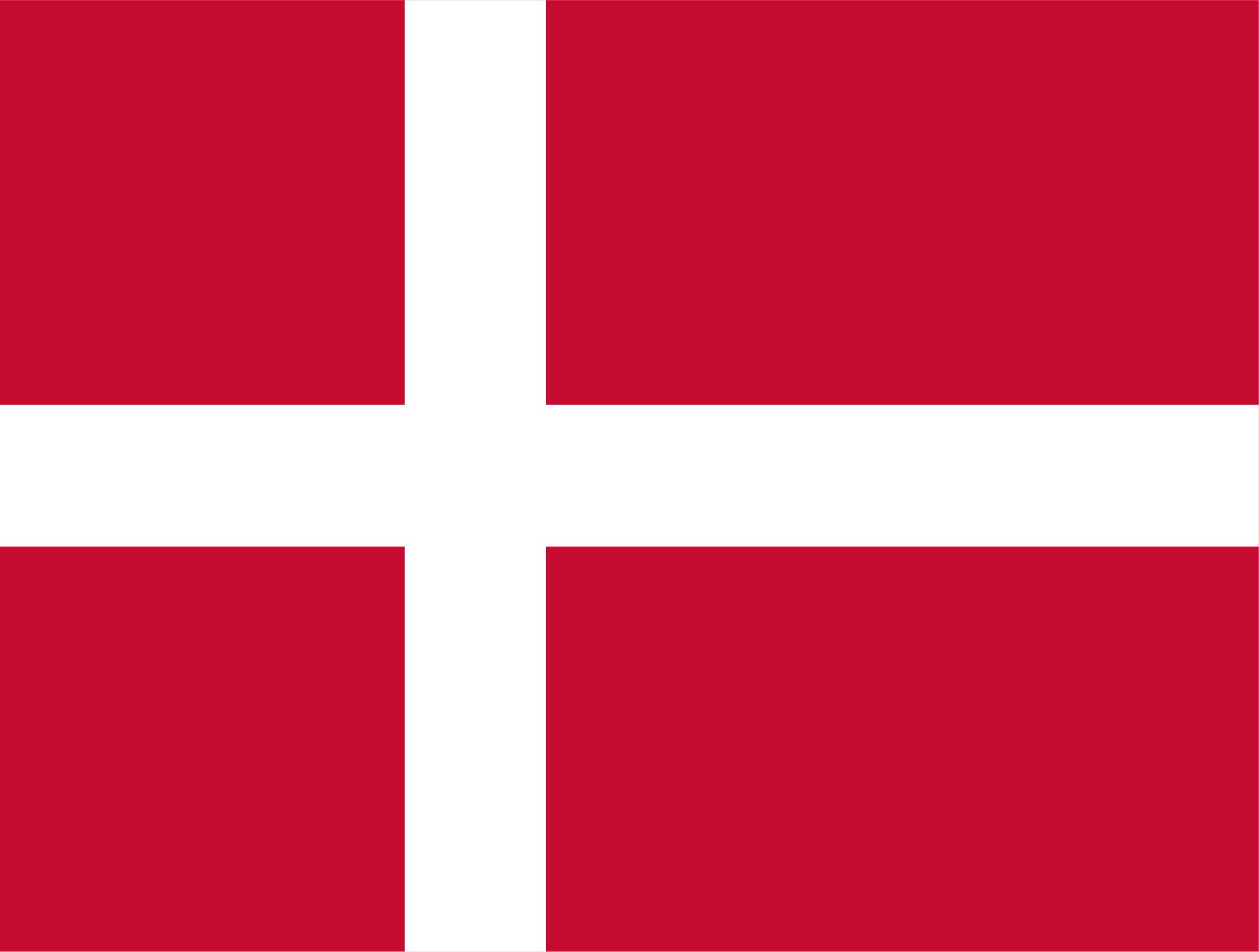
EUROPEAN ELECTIONS
SHOW UP AND VOTE ON
6 to 9 June 2024
Make sure your generation has representation.
How to vote
Here’s what you need to know to ensure your voice is heard.
Held every five years, the European elections allow for every European citizen to choose their representatives and to decide on the policies that will guide Europe in the years to come. The upcoming elections will take place from 6 to 9 June 2024.
Vote-counting occurs simultaneously across all Member States, and the results are communicated on the same date. However, depending on the country you live in, the exact date, criteria and rules for voting are different. You can learn more about your country’s electoral calendar, voting regulations, locations and requirements, here.
-
The voting age in most European countries is 18. However, this changes in Austria, Belgium, Germany and Malta to 16, and in Greece to 17.
-
To be able to vote in the European Elections, you must: be a citizen of the European Union, or be a resident of a country of the European Union*, or meet the same voting criteria as the people living in the country.
*The meaning of ‘residence’ varies from country to country: it might be the place where you live, the place where you spend the majority of your time or where you are a part of the electoral register. Some countries specify that citizens of other Member States have to spend a minimum period of time in the country to earn the right to vote.
-
The European Elections will take place from 6 to 9 June 2024 (both days included). Please bear in mind that the voting date varies from country to country, so check the electoral calendar in your country.
-
In most countries, elections are held in polling stations such as schools, sports centres and public venues. If you live abroad, you can do it at diplomatic and consular representations, by proxy or post, depending on the country.
-
In some countries, it is necessary to register to vote while in others the electoral roll is automatically linked to residence. Also, it might be necessary to present specific documentation in order to vote, so don’t leave it to the last minute and get informed.
The Voting System
As in most voting systems across Europe, all Members of the European Parliament (MEPs) will be elected under some form of proportional representation, regardless of the voting method that exists in each individual country, so that each party gains seats in direct proportion to the number of votes that they receive. The objective is to reflect the will of the people as much as possible and to reinforce the legitimacy of parliament.
Each country is free to determine other aspects of the voting procedure, such as how it establishes its electoral constituencies, setting a minimum threshold and the method of allocating seats.
-
The majority of Member States consider their country to be a constituency when it comes to the European elections. This means that all citizens of the country will be able to vote for the same list of candidates. Others, however — such as Belgium, Ireland, Italy and Poland — have decided to divide into multiple constituencies. This means that you will have a different list of candidates, depending on your constituency.
-
Each Member State can decide whether or not to set an obligatory minimum threshold for the allocation of seats. At national level, this is set at 5%.
-
The Member States are all required to respect the principle of proportional representation, but they can decide what form this representation should take. They usually base this on the electoral system in place in their country. For the European elections, there are three methods of allocating seats:
Closed list (you vote for a political party with a set list of candidates)
Preferential voting (you vote for a party and can choose your preferred candidate)
Single transferable votes (you vote for your preferred candidate and rank the others)




























